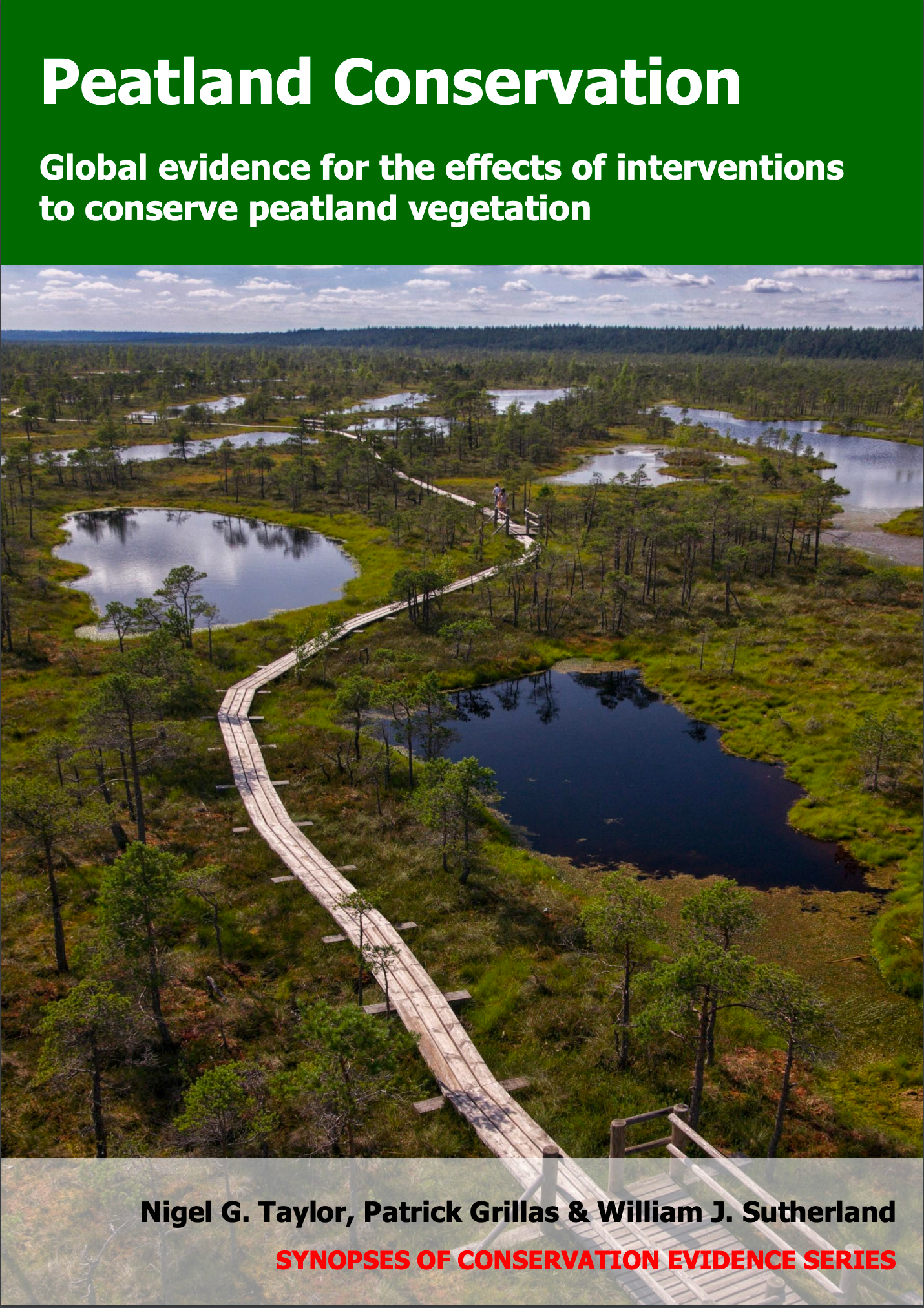Physically exclude vehicles from peatlands
-
Overall effectiveness category Unknown effectiveness (limited evidence)
-
Number of studies: 1
View assessment score
Hide assessment score
How is the evidence assessed?
-
Effectiveness
70% -
Certainty
35% -
Harms
0%
Study locations
Supporting evidence from individual studies
A replicated, paired, controlled, site comparison study in 2002–2005 in a floating fen in Alaska, USA (Zacheis & Doran 2009) reported that plots fenced off from airboats developed greater plant diversity and non-woody plant biomass than exposed plots, similar to natural fen vegetation. Comparisons with exposed plots were not tested for statistical significance. After three years, plant diversity in fenced plots was higher than in exposed plots, and not significantly different from diversity in natural plots (data reported as a diversity index). The same was true for total above-ground plant biomass (fenced: 149; exposed: 49; natural: 242 g/m2), sedge biomass (fenced: 92; exposed: 24; natural: 83 g/m2) and forb biomass (fenced: 50; exposed: 24; natural: 47 g/m2). In contrast, woody plant biomass had not recovered in fenced plots (fenced: 5; exposed: 0; natural: 110 g/m2). Three months after fencing, all measures were no different, or lower, in fenced plots compared to exposed plots. In March 2002, eight sets of three 3.25 m2 plots were established. In each set, one plot was in natural fen vegetation and two were in airboat trails. Airboats were excluded from one of these plots by erecting log tripods. In summer 2002–2005, vegetation was cut from one 25 x 25 cm quadrat/plot then identified, dried and weighed.
Study and other actions tested
Where has this evidence come from?
List of journals searched by synopsis
All the journals searched for all synopses
This Action forms part of the Action Synopsis:
Peatland Conservation
Peatland Conservation - Published 2018
Peatland Conservation





)_2023.JPG)














